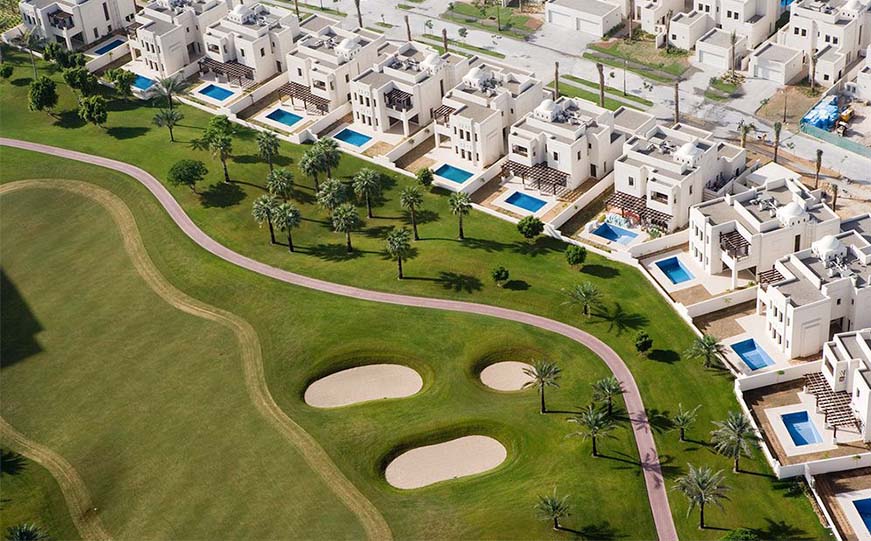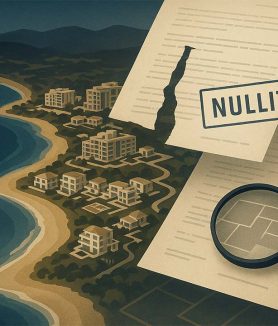The search for security and tranquility drives migration towards gated communities. These neighborhoods or gated developments are presented as an attractive alternative for many, but they are not without controversy. In this article, we will look at the pros and cons of this lifestyle.
What is a gated community?
A gated community is a private residential complex, delimited by walls or bars, with controlled access and private security. It offers a lifestyle that seeks security, tranquility and exclusivity, with services and amenities within the same complex, such as parks, play areas, swimming pools, gyms, etc.
Advantages of living in gated communities
Safety: The main attraction of gated communities is the feeling of security they offer. Controlled access, permanent surveillance and the presence of private security deter potential intruders, providing a safer environment for residents.
Tranquility: Life in these urbanizations or developments is usually quieter and more peaceful than in the city. The less vehicular traffic, the absence of annoying noises and the urban planning generate an ideal environment for families with children or people looking for a space to relax.
Comfort: Gated communities offer a wide range of services and amenities within the same complex, such as parks, play areas, swimming pools, gyms, shopping centers, etc. This makes the daily lives of residents easier, who can access everything they need without having to leave the neighborhood.
Sense of community: Residents of gated communities often develop a strong sense of community and belonging. Interaction between neighbors is favored by common activities and shared spaces, creating a family environment and mutual support.
Disadvantages
Cost: The price of homes in gated communities is usually significantly higher than in comparable areas outside of them. This limits access to this type of housing to a sector of the population with greater purchasing power.
Isolation: Life in a bubble can lead to social isolation. Residents of these neighborhoods may have less contact with the reality of the outside world, which may affect their personal and social development.
Lack of diversity: Social and economic homogeneity is a common characteristic in gated communities. This can limit interaction with people of different backgrounds and perspectives, creating a type of social “ghetto.”
Dependency: Residents of gated communities can become highly dependent on the services and amenities offered by the complex. This can limit their autonomy and ability to function in the outside world.
In search of a balance
To avoid these negative effects, it is necessary to look for solutions that allow us to create more inclusive, sustainable communities connected to society in general. Some measures that can be taken include:
- Promote interaction between residents of gated communities and the community in general.
- Promote the construction of low-cost housing in these communities.
- Find solutions to reduce the environmental impact of gated communities.
Ultimately, the goal should be to create an urban development model that balances residents' needs for security and tranquility with the need to promote social cohesion, accessibility and sustainability.












